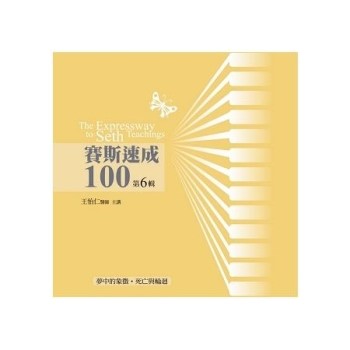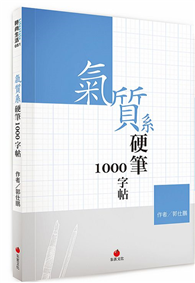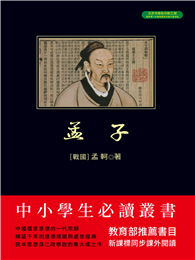| FindBook |
有 8 項符合
氣候變遷:媒體再現與風險傳播的圖書 |
 |
氣候變遷:媒體再現與風險傳播 作者:李美華 出版社:國立陽明交通大學出版社 出版日期:2021-08-25 語言:繁體書 |
| 圖書選購 |
| 型式 | 價格 | 供應商 | 所屬目錄 | 二手書 |
$ 210 |
二手中文書 |
$ 360 |
科學‧科普 |
$ 360 |
自然生態 |
$ 360 |
科學科普 |
$ 380 |
大學出版品 |
$ 380 |
中文書 |
$ 380 |
大眾傳播 |
電子書 |
$ 400 |
環境\科學 |
|---|
| 圖書館借閱 |
| 國家圖書館 | 全國圖書書目資訊網 | 國立公共資訊圖書館 | 電子書服務平台 | MetaCat 跨館整合查詢 |
| 臺北市立圖書館 | 新北市立圖書館 | 基隆市公共圖書館 | 桃園市立圖書館 | 新竹縣公共圖書館 |
| 苗栗縣立圖書館 | 臺中市立圖書館 | 彰化縣公共圖書館 | 南投縣文化局 | 雲林縣公共圖書館 |
| 嘉義縣圖書館 | 臺南市立圖書館 | 高雄市立圖書館 | 屏東縣公共圖書館 | 宜蘭縣公共圖書館 |
| 花蓮縣文化局 | 臺東縣文化處 |
|
|
當極端氣候、地球暖化、氣候變遷、聖嬰現象、溫室效應、氣溫上升、節能減碳等新聞關鍵詞成為日常,每位世界公民都應該自問:「我可以採取什麼行動」?而擔任風險溝通、議題管理及危機傳播過程中之關鍵角色的「媒體」,更該在彷彿回到皮下注射理論的大效果時代,善盡風險溝通和常態科學傳播的責任。
本書集結作者近十年關注媒體再現與產製人為氣候變遷議題過程與效應的研究成果,透過橫斷與縱貫研究,結合量化與質性研究方法,從新聞守門人、消息來源、媒介框架、議題設定、風險溝通、危機傳播等理論架構及研究取徑,探討傳統報業媒體與新媒體之再現、產製,以及傳播氣候變遷與全球暖化議題的樣貌及效益。
期盼在當下與未來,聯合國、各國政府、企業、科學界與媒體組織都能更有效地整合、宣傳、教育,以及告知全球公眾關於氣候變遷風險危機的資訊。面對氣候變遷風險危機,人人都必須警醒,都必須改變既有行為模式,因為氣候行動已迫在眉睫。
本書特色
1. 集結作者於氣候變遷傳播領域的學術文章,引用資料充實,有益學術參考。
2. 從風險傳播的角度分析平面媒體、網路媒體與社群網站之氣候變遷報導,呈現多元媒體的架構與傳播意義。
3. 透過本書之研究分析,可進一步理解媒體如何進行風險傳播,提升媒體識讀力。
作者簡介
李美華
國立陽明交通大學傳播與科技學系教授。美國紐約州立大學水牛城分校傳播學系(Department of Communication, State University of New York at Buffalo)博士。曾任香港浸會大學傳理學院(School of Communication, Hong Kong Baptist University)訪問學者、加拿大西安大略大學資訊與媒體研究學院(Faculty of Information and Media Studies, Western University, Canada)訪問學者;國立交通大學傳播與科技學系主任、淡江大學大眾傳播學系主任、國立交通大學人文與社會科學研究中心副主任/執行秘書,以及《全球客家研究》副執行編輯、《新聞學研究》書評書介主編。
|











